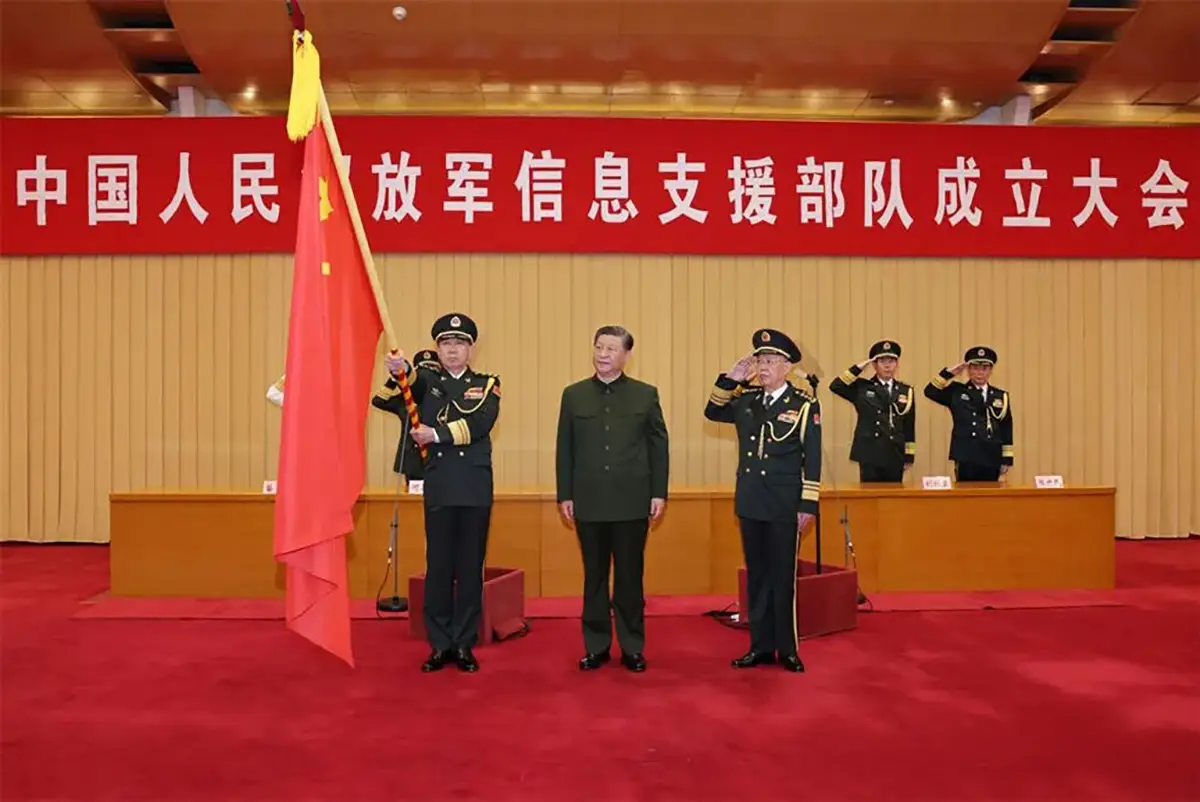This article originally appeared in War on the Rocks.
In recent years, with the intensification of strategic competition between the United States and China, the “battle for the narrative” in the international media landscape has become more heated. But in the push to understand Beijing’s influence efforts, there is a tendency among elements of Washington and the broader China-watching community to focus on specific aspects of China’s activities depending on where they sit in the U.S. system. In some cases, these narrow and often fragmented perspectives have handicapped Washington’s ability to compete with China in the information domain.
Three narrow approaches to analyzing China’s influence efforts stand out as particularly worrisome. The first is an excessive focus on Beijing’s covert influence operations and assessing them in isolation from its broader — and very overt — efforts to shape the perceptions of target audiences. The second is an excessive focus on the latest evolution in Beijing’s social media tactics. The third is an overreliance on digital tools and big data analytics to understand Beijing’s behavior. Although important, these narrowly focused — or “siloed” — examinations of China’s influence efforts can lead to a fragmented response and prevent the implementation of a more coordinated policy approach.
The key to developing informed policy responses to Beijing’s global propaganda efforts — covert, overt, digital, and analog — is to study them in their totality and ground them in an informed understanding of the Chinese Communist Party. This sort of comprehensive analysis can be used to predict China’s behavior, inform U.S. strategic communications planning, and craft messages designed to inoculate audiences against Beijing’s narratives. At present, the United States does not have a single entity tasked and funded to perform this cross-cutting mission. To win the battle for the narrative, the United States should designate and fund an organization with the mission of informing whole-of-government U.S. strategic communications planning in ways that help Washington get ahead of Beijing’s influence operations.
The Overt Matters, Too
In its 2024 Annual Threat Assessment, the Office of the Director of National Intelligence warned that the People’s Republic of China is “expanding its global covert influence posture” to sow doubts about U.S. leadership, undermine democracy, and extend Beijing’s influence. The assessment described China’s covert influence campaigns as incorporating increasingly sophisticated elements such as generative AI and Russian-style tactics aimed at amplifying divisions ahead of the 2024 elections.
But China’s influence campaigns are not confined to the shadows. Beijing’s efforts to shape foreign perceptions include a complex mix of overt and covert tactics. Wielding its massive state-run media complex, Beijing openly seeks to promote a positive image of China to audiences around the world — “to tell China’s stories well,” as General Secretary Xi Jinping describes it — and to discredit, undermine, and delegitimize its competitors, most notably the United States and U.S. partners and allies.
This campaign is driven by the perception that the United States and its partners and allies are waging “public opinion warfare” against China. In China’s strategic thinking, public opinion warfare is one of the “three warfares” and refers to the use of the media to influence public opinion and gain support from international and domestic audiences. The three warfares also include psychological warfare — the use of information and media to support military operations and advance political and military goals — and legal warfare — the use of international and domestic laws to gain international support and manage the political repercussions of military actions.
Read more at War on the Rocks.



